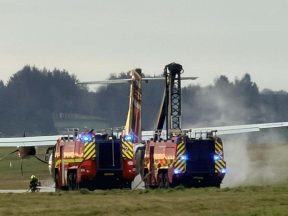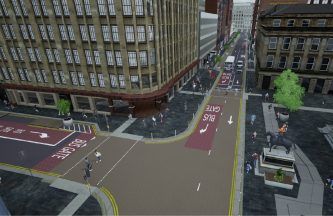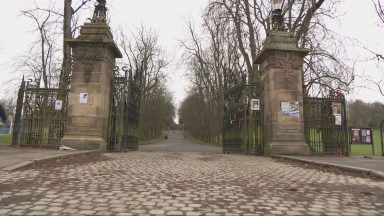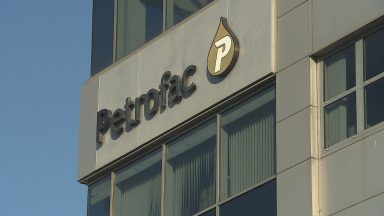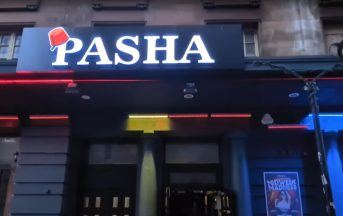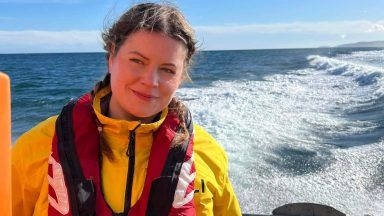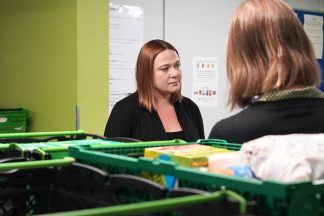A 5% tourist tax is set to be introduced in Edinburgh in 2026, generating up to £50m of “new money” to tidy up streets and parks, build more affordable homes and install underground bins.
Unveiling its first draft of a visitor levy scheme for the capital – the first Scottish local authority seeking to harness the new tax-raising powers – the council said it felt a 5% charge on visitors’ accommodation costs, capped at seven nights, would bring in “enough to be worth it” without it having a “detrimental impact on the competitiveness of Edinburgh’s tourism offer”.
A report going before councillors next week has for the first time outlined how the money could be spent within the limits of the legislation which states it must support “developing, supporting or sustaining facilities or services which are substantially for or used by persons visiting the scheme area for leisure or business purposes”.
Officials said if it had already been in place when Taylor Swift played three sell-out shows at Murrayfield in June it would have raised £632k in one weekend.
Under the plan, the biggest chunk, roughly 40% – around £20m a year if the levy ends up generating an annual £50m by 2028 – would go towards ensuring the city is a “clean, green and safe place to visit”.
It would be split between two pots. The first, a “well-kept city fund”, would be used to boost day-to-day services like street cleaning, graffiti removal, park maintenance, and also cover the cost of more CCTV, lighting and underground bins to combat littering.
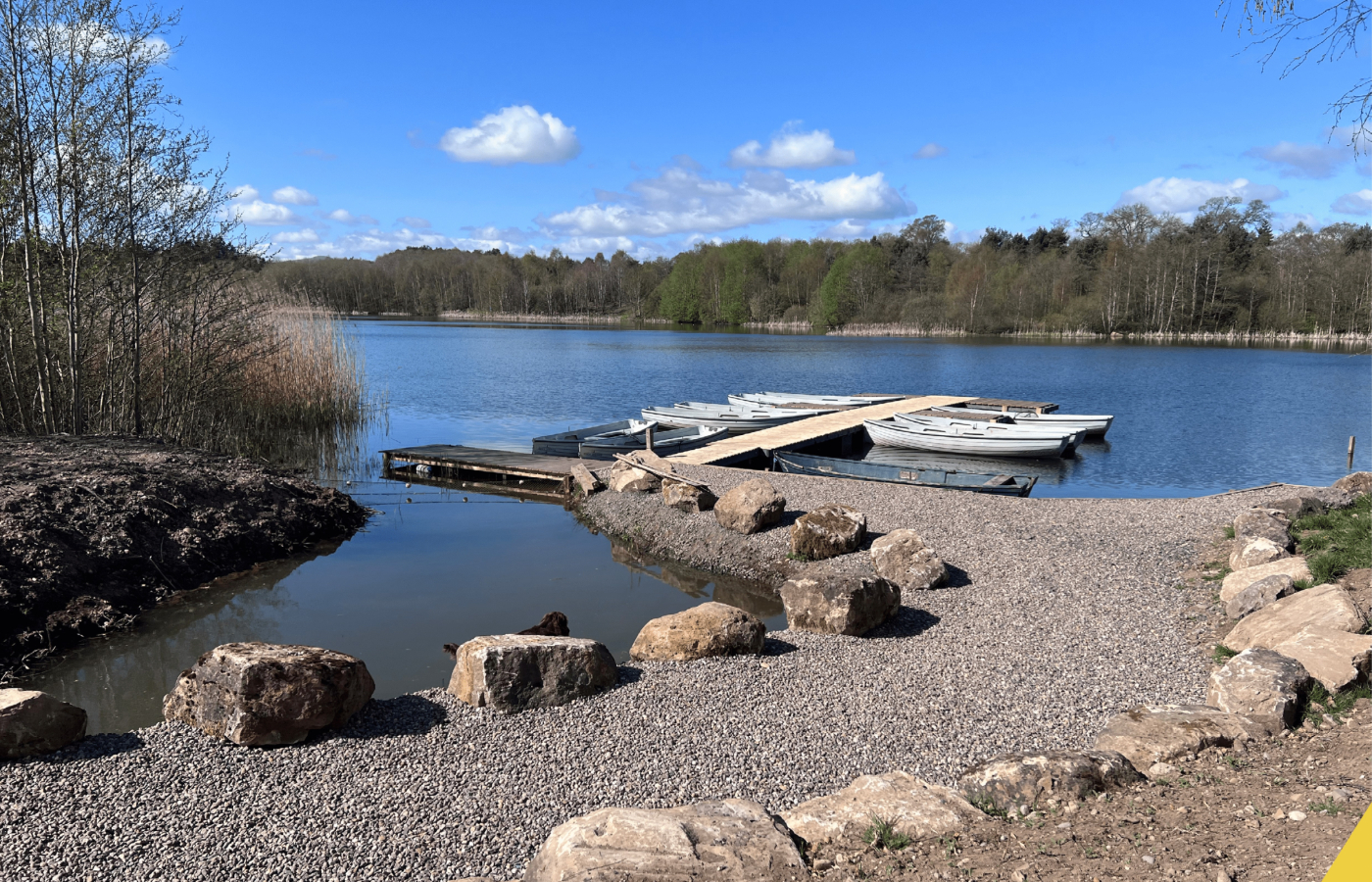 LDRS
LDRSThis fund could also help to reintroduce a cycle hire scheme, widen pavements and improve the city’s public transport system.
The second pot, a “city transformation fund” would reserve cash to maintain key tourist attractions and locations popular with visitors. Places which could benefit from investment, listed in the report, include Old Town Streets, Portobello Promenade and Cramond Foreshore.
Among the ideas mooted by council leader Cammy Day are to breathe new life into Leith Theatre, the Ross Bandstand and refurbish the “whole of Princes Street” by upgrading its pavements and roads.
He said: “If you think of the length of Princes Street – broken paving stones, drainage not working. It would be great for that to be completely refurbished and look like an amazing place to be. But we don’t have the resources to do that.
“We’re quite keen in the early stages of it to make an impact – to show we’ve waited for 10 years for this, we’ve now eventually got it, we should make some impact.”
But it “has to be additional to what we do,” he added.
“It can’t just be switching your potholes budget for the levy money and I think the government would intervene if we start replacing our core budgets.”
Amid a housing emergency, the council is proposing to take £5m from visitor levy income each year for borrowing repayments, which it’s estimated could result in an additional £70m for affordable housing projects.
The report states this would be “invested in currently unviable stock housing sites, in order to make them habitable as mid-market housing”.
Councillor Day said the idea was for this to support “council-led affordable housing,” but the authority “might work with partners on different sites”.
He said: “It will be to increase our affordable housing stock. I would hope it’s council-owned.”
More work is needed to “clearly evidence how the provision of mid market housing would satisfy the use of fund stipulations outlined in the bill,” the report states however. “In theory, this would allow those working in the visitor economy in Edinburgh to access mid-market housing more easily, leading to an improved offering for visitors to the city.”
Alison Watson, director of Shelter Scotland, welcomed efforts to “make housing more affordable in Edinburgh,” but said the proposals needed “more detail”.
She said: “Mid-market rent is not a solution to the city’s housing emergency.
“It would be especially concerning if, for example, void social homes were to be converted into mid-market properties rather than brought back into the available social housing stock.
“Delivering more social housing remains the only viable long-term solution to the capital’s housing emergency, and the only way to offer the safe, secure, and genuinely affordable homes the city so desperately needs.”
Meanwhile around 30% of the tourist tax income would go into culture, heritage and events. Dedicated funds are proposed to support “new creative work and participation programmes,” as well as major cultural organisations’ “stability and resilience”.
“Cultural sector organisations have been on standstill funding levels at best for the last 5 years at least and investment is needed to maintain and develop our local creativity and global reputation, particularly in the context of the impact of the pandemic and climate emergency,” the report adds.
Around 12.5% is to be spent on tourism marketing, promoting “diverse experiences that encourage longer stays and higher spending” and encouraging visitors to explore lesser-known areas to “spread economic benefits across the city”.
Furthermore, 2% of the overall funds will be set aside for three improvement projects a year in some of the city’s most deprived communities, with ideas put to local residents for approval in a public vote. “Investments in community projects can improve the quality of life for local residents, particularly in areas that are heavily impacted by tourism,” the report states.
However it is “not a done deal,” council bosses have stressed.
The draft proposals, the culmination of seven years of work on a transient visitor levy by the authority, will be debated at the culture and communities committee next week – and are still subject to change.
And once the Visitor Levy (Scotland) Act commences in September the council will launch a 12-week public consultation on the plans, after which adjustments will be made based on feedback.
The council must then formally announce its intention to implement a visitor levy, beginning an 18-month implementation period. If all goes to plan, Edinburgh will then introduce it “mid-July 2026”.
It’s estimated in its first year, 2026/27, a part year given the summer launch, it could generate from £30m to £34m, rising to £43m to £46m the following year and £45m to £50m by 2028/29.
In its first five years 5% of the levy will be ring-fenced “so that income volatility between years can be managed” and the allocation of cash to general services such as street cleaning “will be reviewed on an annual basis with longer-term commitments to be avoided where possible,” the report states.
It adds: “Where long-term expenditure is unavoidable, this should be supported by a robust business case, which includes contingency planning in the event that visitor levy income reduces.”
Commenting, Roddy Smith, chief executive of Essential Edinburgh which manages the city’s business improvement district, said: “We welcome the next phase of the consultation by CEC.
“Our key principle for the implementation of the TVL remains, that the money collected and then distributed should be additional to existing CEC resources and not replacement funds and be used to finance projects that primarily support the tourism sector.
“We welcome the three potential funding pots which if used appropriately will have a significant impact on how our city looks and how we can support our crucial heritage and arts/event sectors. Importantly it will also invest in dedicated marketing and promotion, to ensure our successful tourism sector continues to grow sustainably. With an effective public and private partnership driving this work real progress could be made.”
Follow STV News on WhatsApp
Scan the QR code on your mobile device for all the latest news from around the country


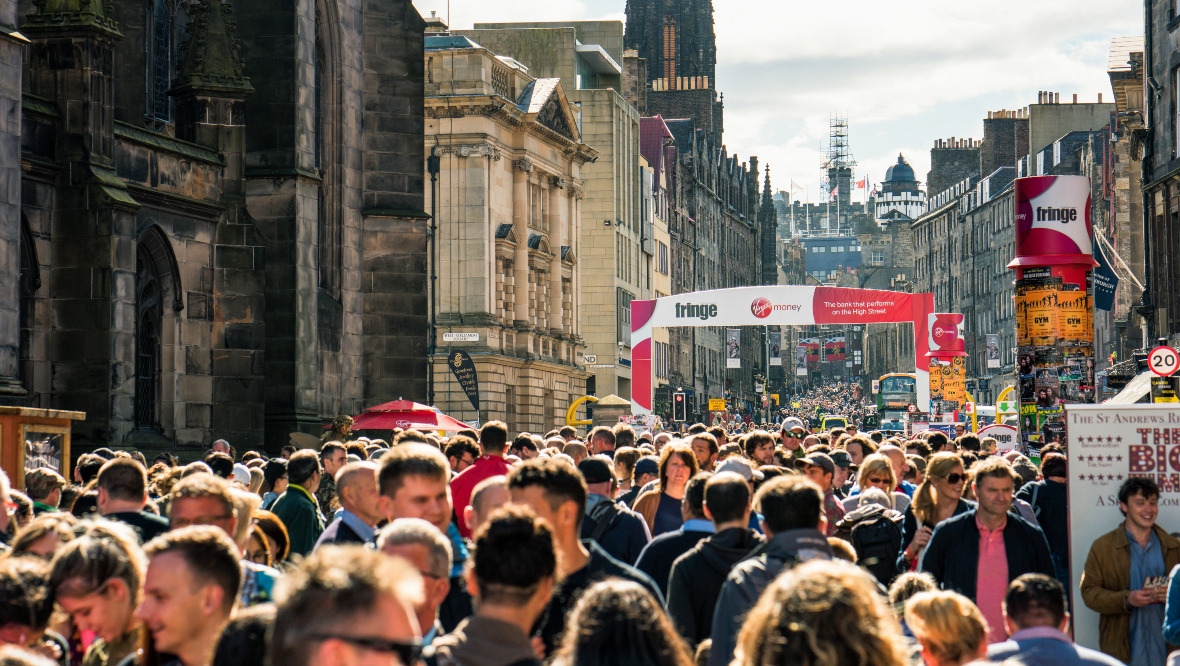 iStock
iStock



